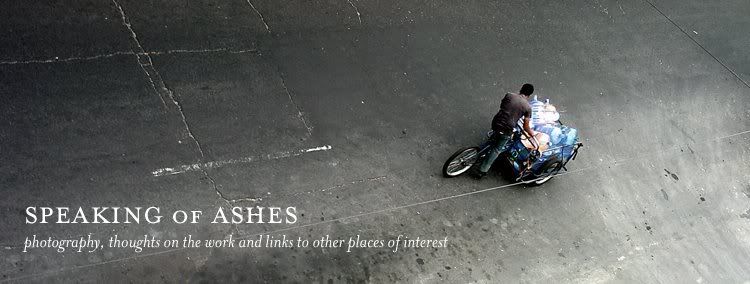Art Incorporated
 I found myself rather reluctantly defending the history of the soon to be gone Smithsonian Institution and with thoughts already in my head about corporations and museums , it occurred to me that one solid motivation for those crusty old tycoons who started "museuming" on this side of the Atlantic was to prevent a socialist public from forming. Now of course, we all know the nice stories of Carnegie liberating the masses with his libraries, and the Mellon collection so nicely under wraps in the National Gallery, all of this motivated by fears of another Homestead, Haymarket, 1919 Bolshevism or some such nonsense like that. But the curious thing that really gets to me is that in looking back at history now, we can see that all of those steps taken towards eradicating socialism have to a very un-satisfactory extent eradicated society in the United States as well.
I found myself rather reluctantly defending the history of the soon to be gone Smithsonian Institution and with thoughts already in my head about corporations and museums , it occurred to me that one solid motivation for those crusty old tycoons who started "museuming" on this side of the Atlantic was to prevent a socialist public from forming. Now of course, we all know the nice stories of Carnegie liberating the masses with his libraries, and the Mellon collection so nicely under wraps in the National Gallery, all of this motivated by fears of another Homestead, Haymarket, 1919 Bolshevism or some such nonsense like that. But the curious thing that really gets to me is that in looking back at history now, we can see that all of those steps taken towards eradicating socialism have to a very un-satisfactory extent eradicated society in the United States as well.
Hence the need for the endless social criticism, presumably transgression of social norms is fully possible and applaudible when said society is out to lunch. What we're complaining about when we complain about the current state of "Art" in the United States is the conflict between the free-for-all social commentary schtick that winkleman aptly dissects above, AND the "absolutely no content whatsoever" variety of current abstraction. Presumably one or two people actually bothered to learn what irony meant when it meant something, that is, before the word ended up being tossed around like the expression "Electroclash" was a few years ago. What I am trying to say, is that, in the corporatization of the art industry after World War II, the corporatization that ArtPowerlines nicely delineates here, what was lost was the ability to bring honest voices to the table and have them honestly depict the powers that made them possible. How many rennaisance patrons' portraits have we winced at, not because they represent powerful people, but because they are unquestionably beautiful. I'm sorry, I don't get that from Annie Leibowitz. Not because Annie Leibowitz is paid by the beautiful to make them more beautiful, but because Annie Leibowitz was paid by corporations to hide the fact that she was paid by corporations.
And every step we take in retreat from those corporations, all of them chartered in the public interest, is a step we take in retreat from ourselves and our art. The irony is that everyone who became an artist in the last 50 years did so for similar reasons. Reasons that quickly went up in the smoke of bad schools or more likely, no school at all, likely no paintings ever. One of the things the blogosphere will correct, (if it survives !) is the need for celebrity artists whose sole (and tedious) challenge is to survive the market. But also we will begin to see more of thoughtful entry into content. I won't try to limit that statement by too much description, but I hope it is easy to see that the future of art looks very much like the flowering that literature has seen in the past 30 years since the last of its -isms were laid gently to rest.
The lovely image above of is one of the final art installations that Enron sponsored. The Houston branch office of Arthur Anderson, from Time Magazine's Behind the Enron Scandal.


No comments:
Post a Comment